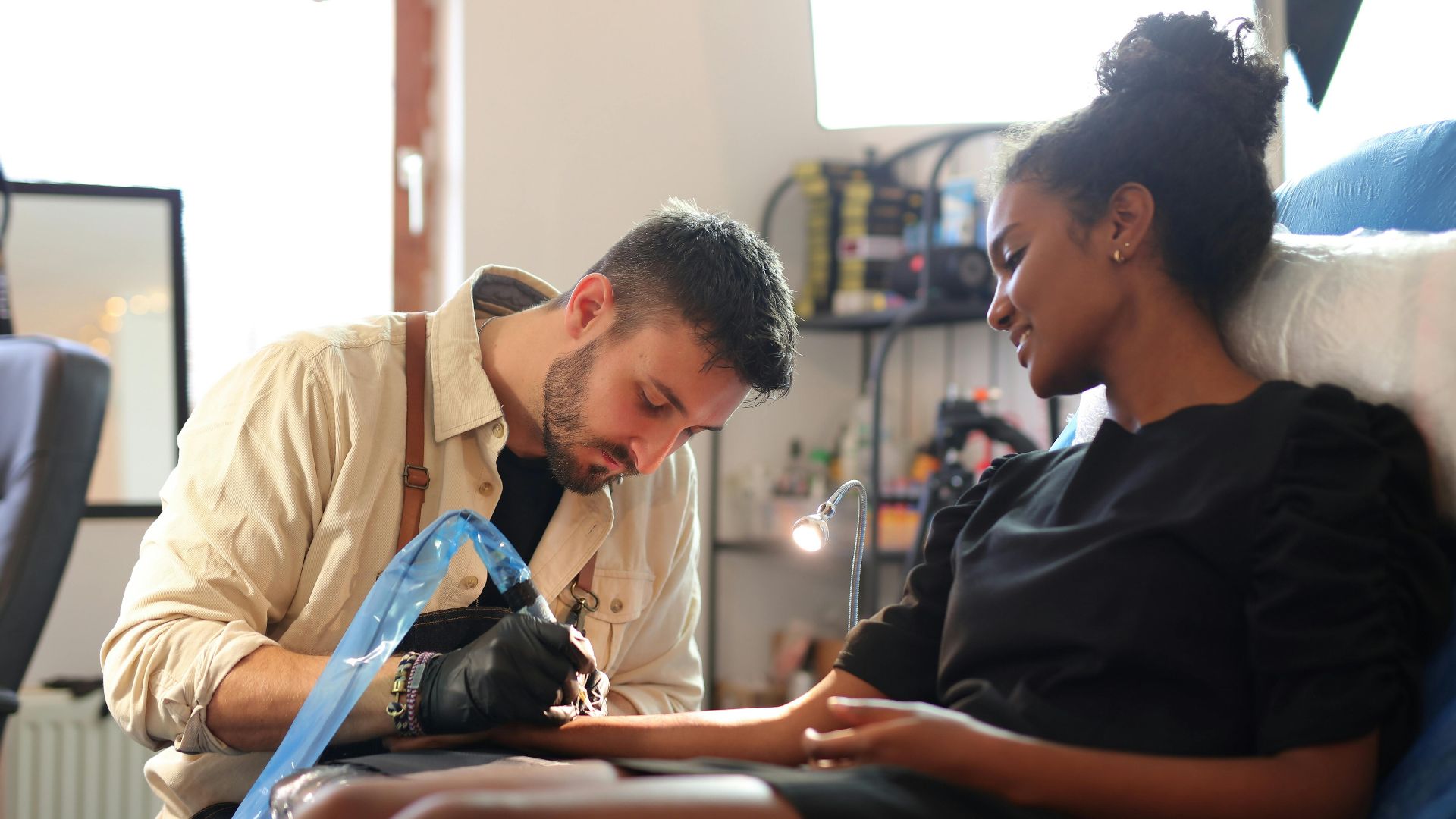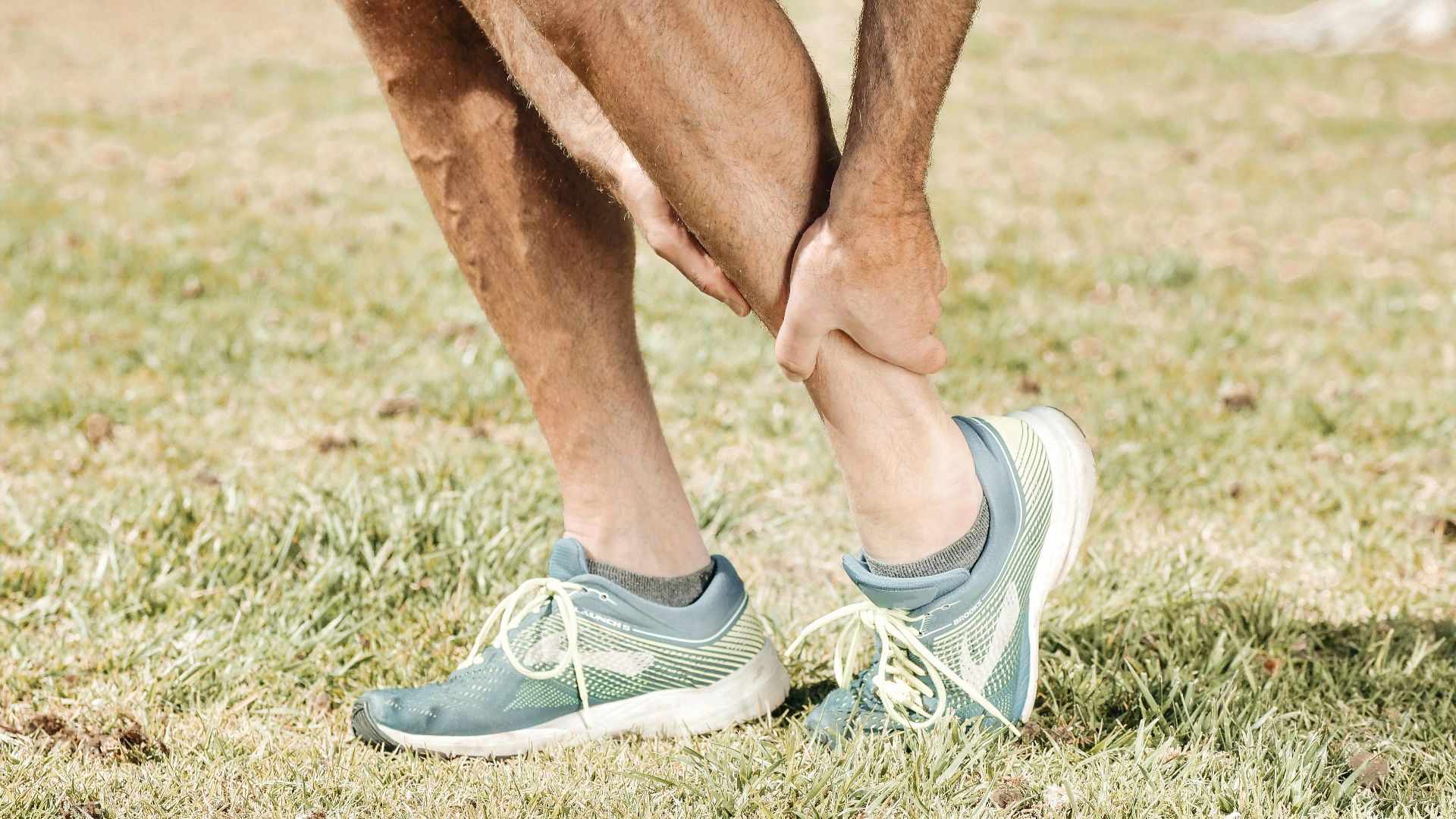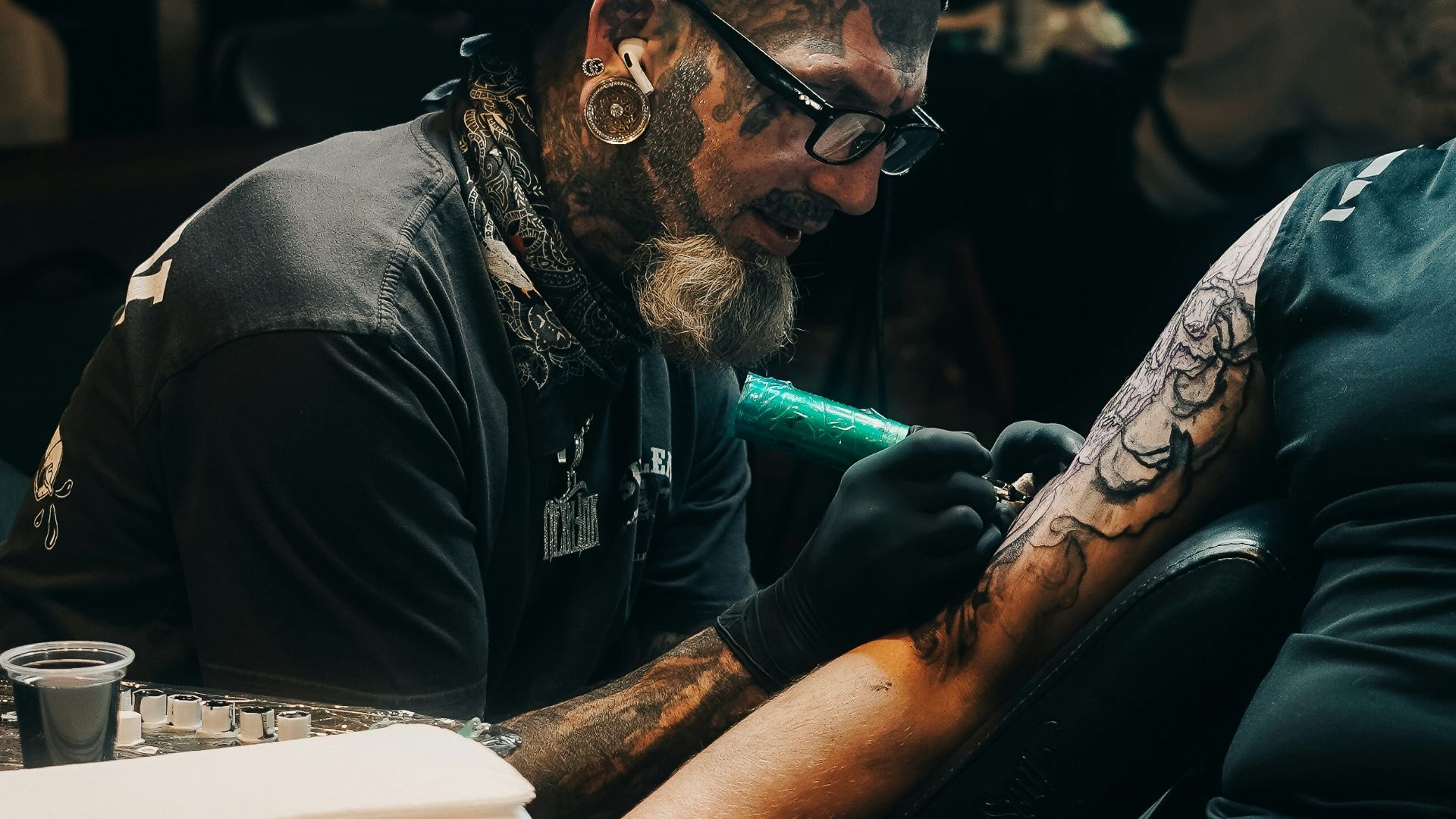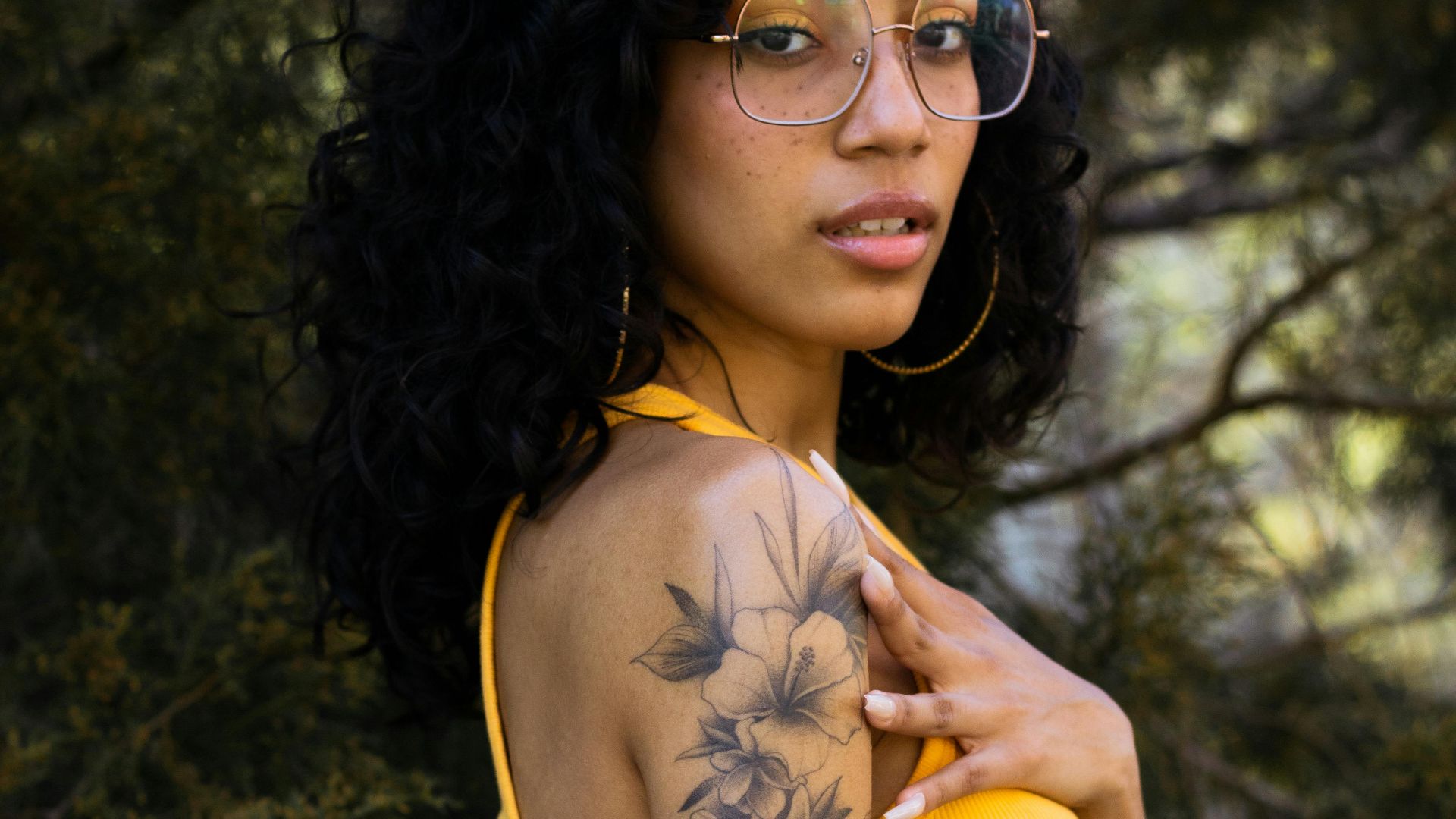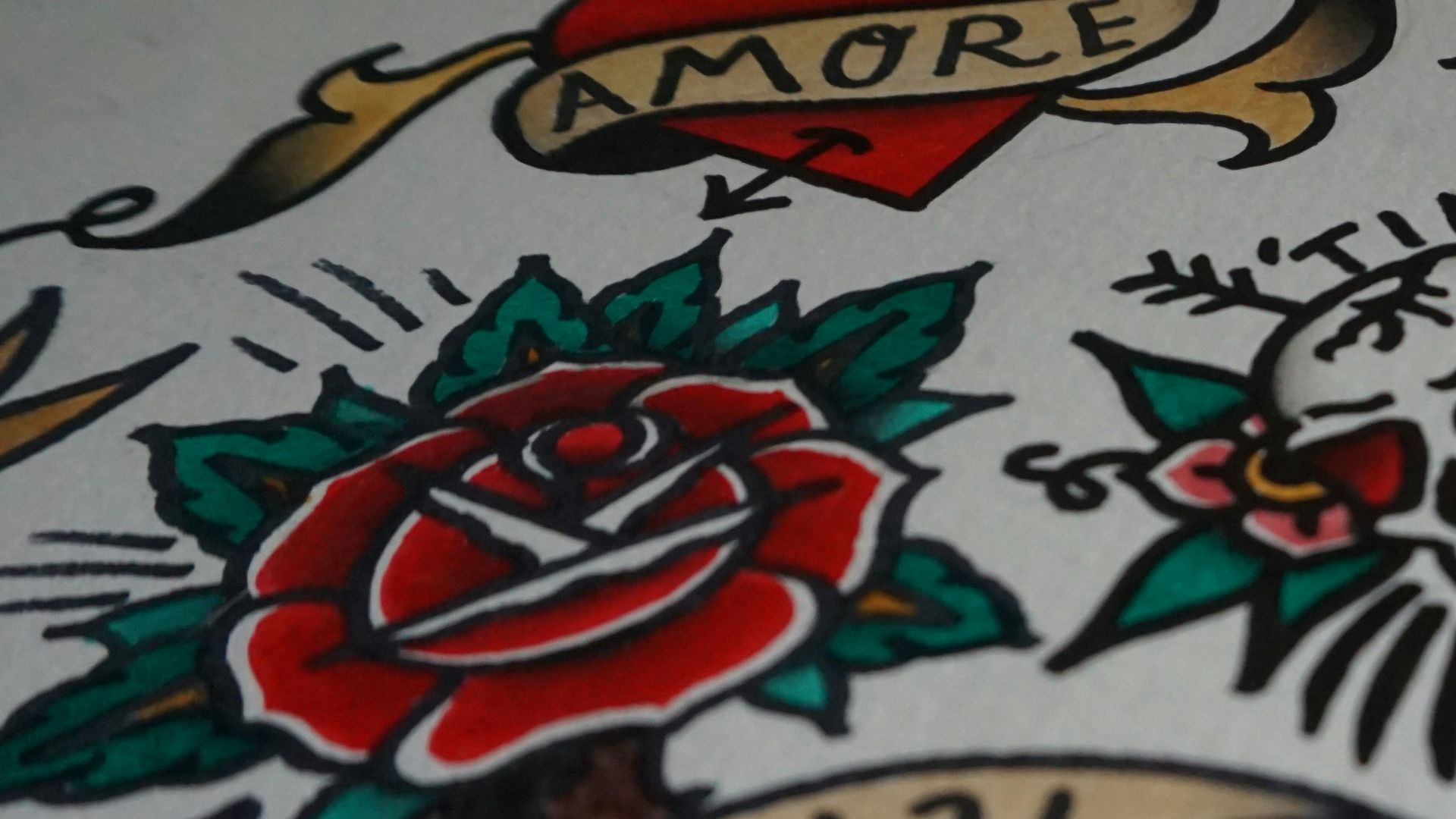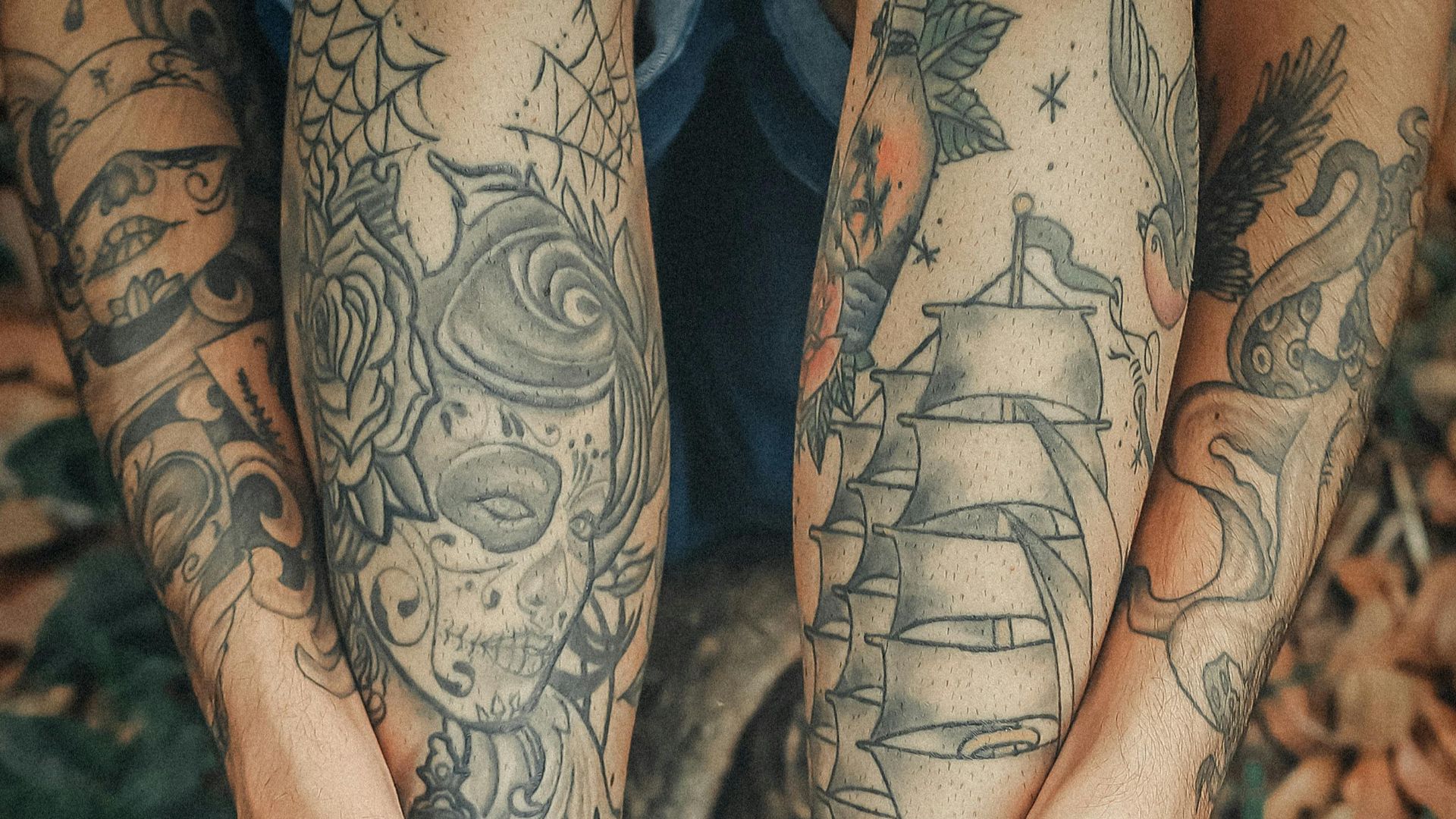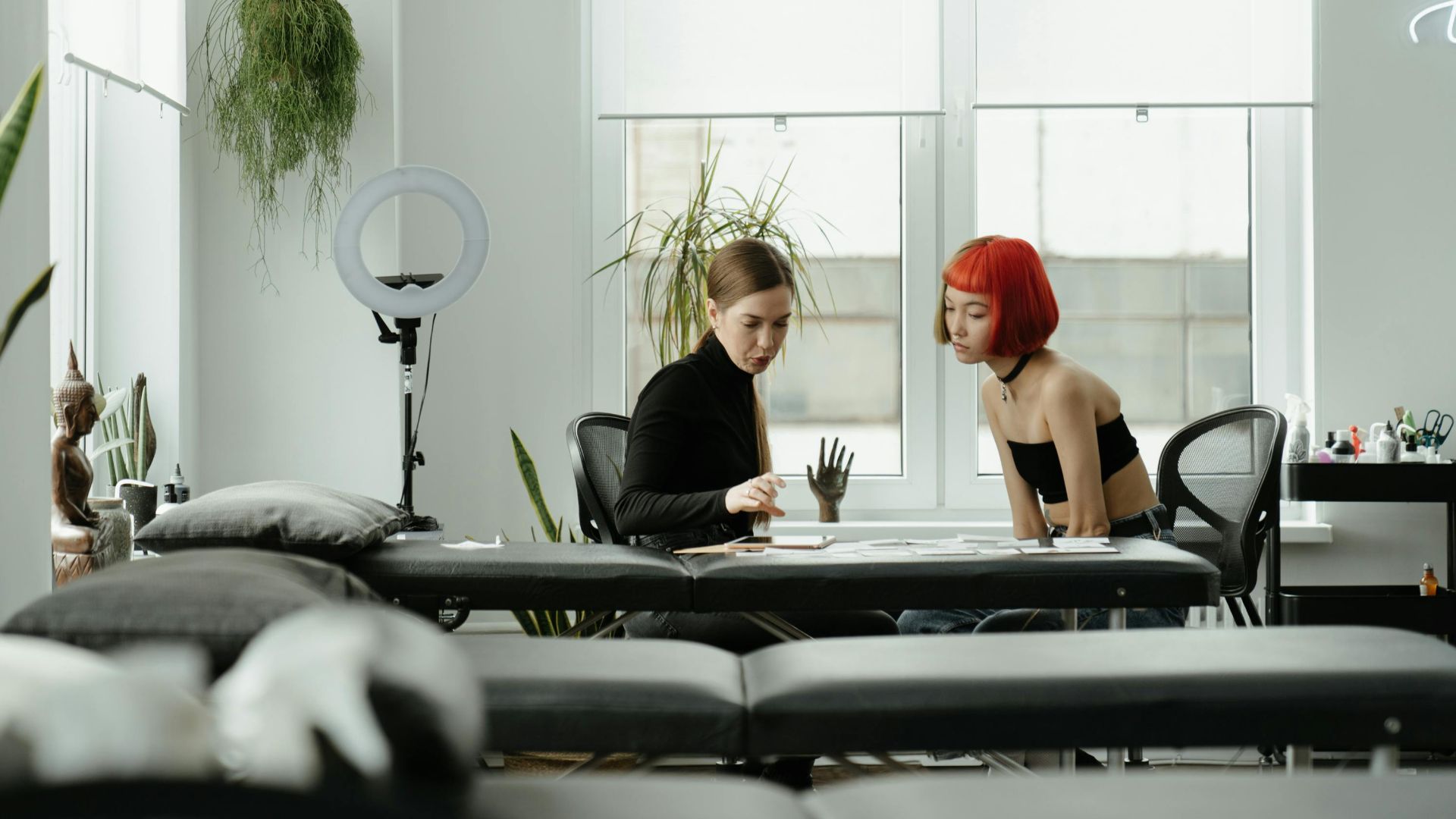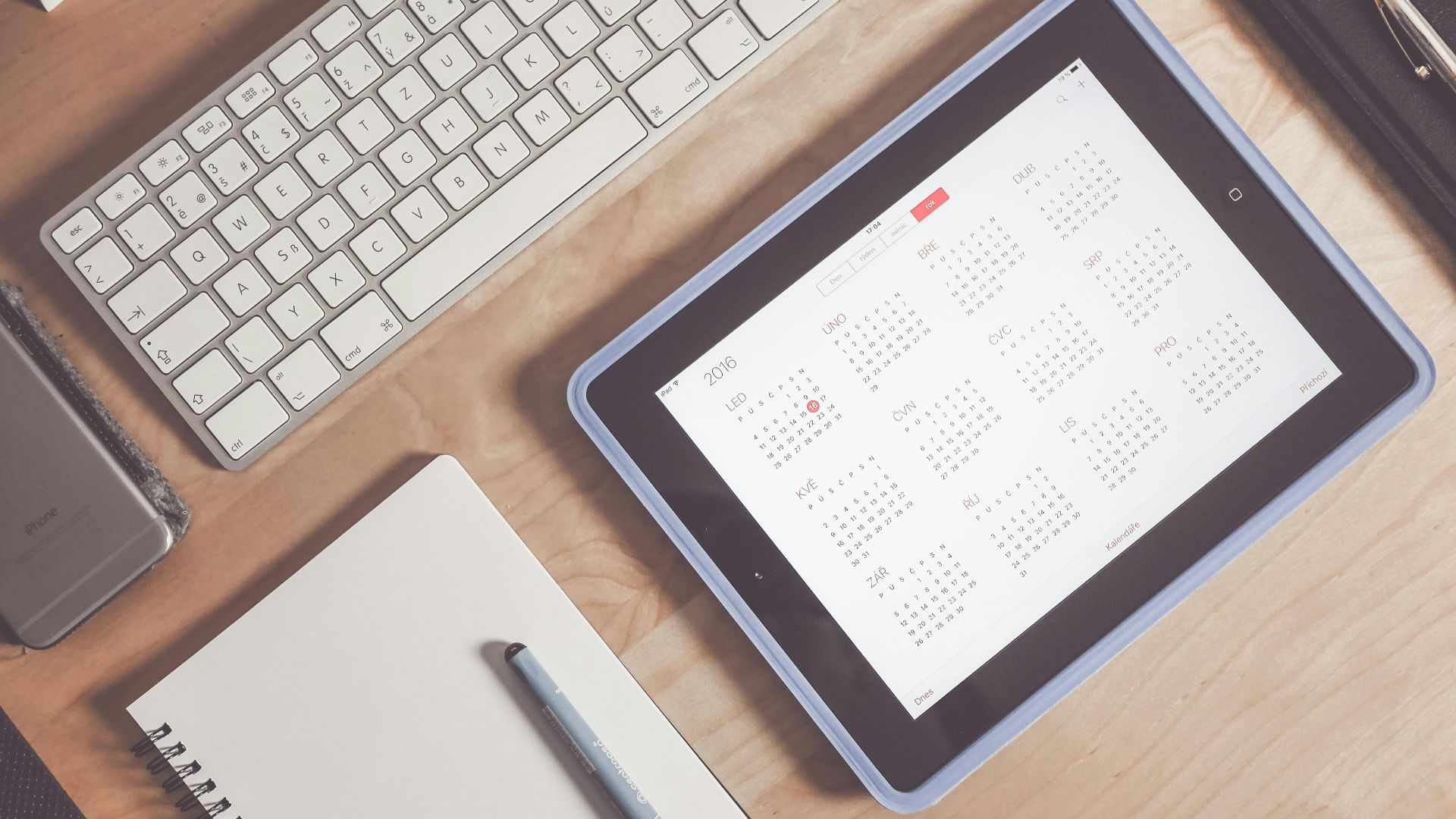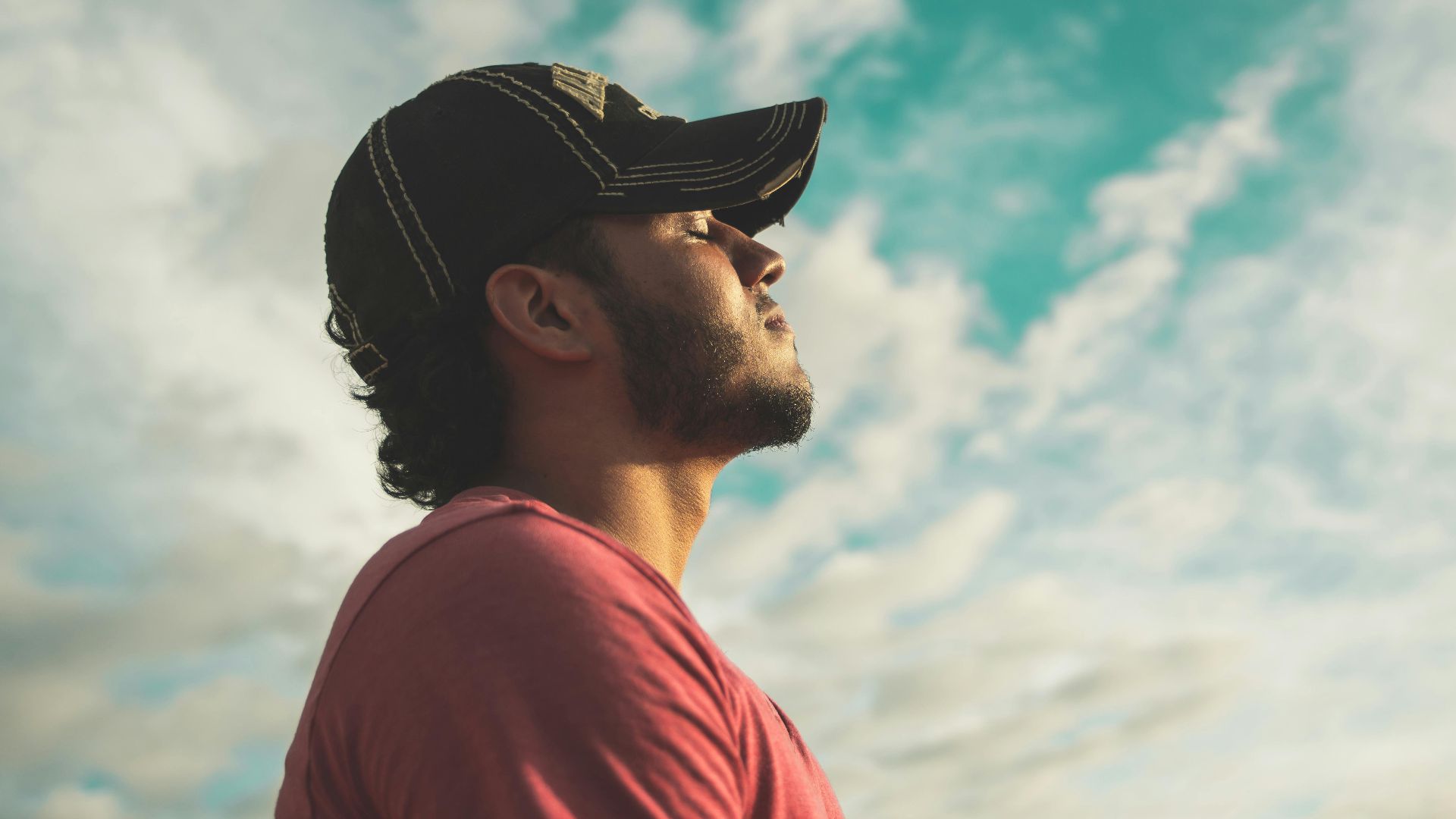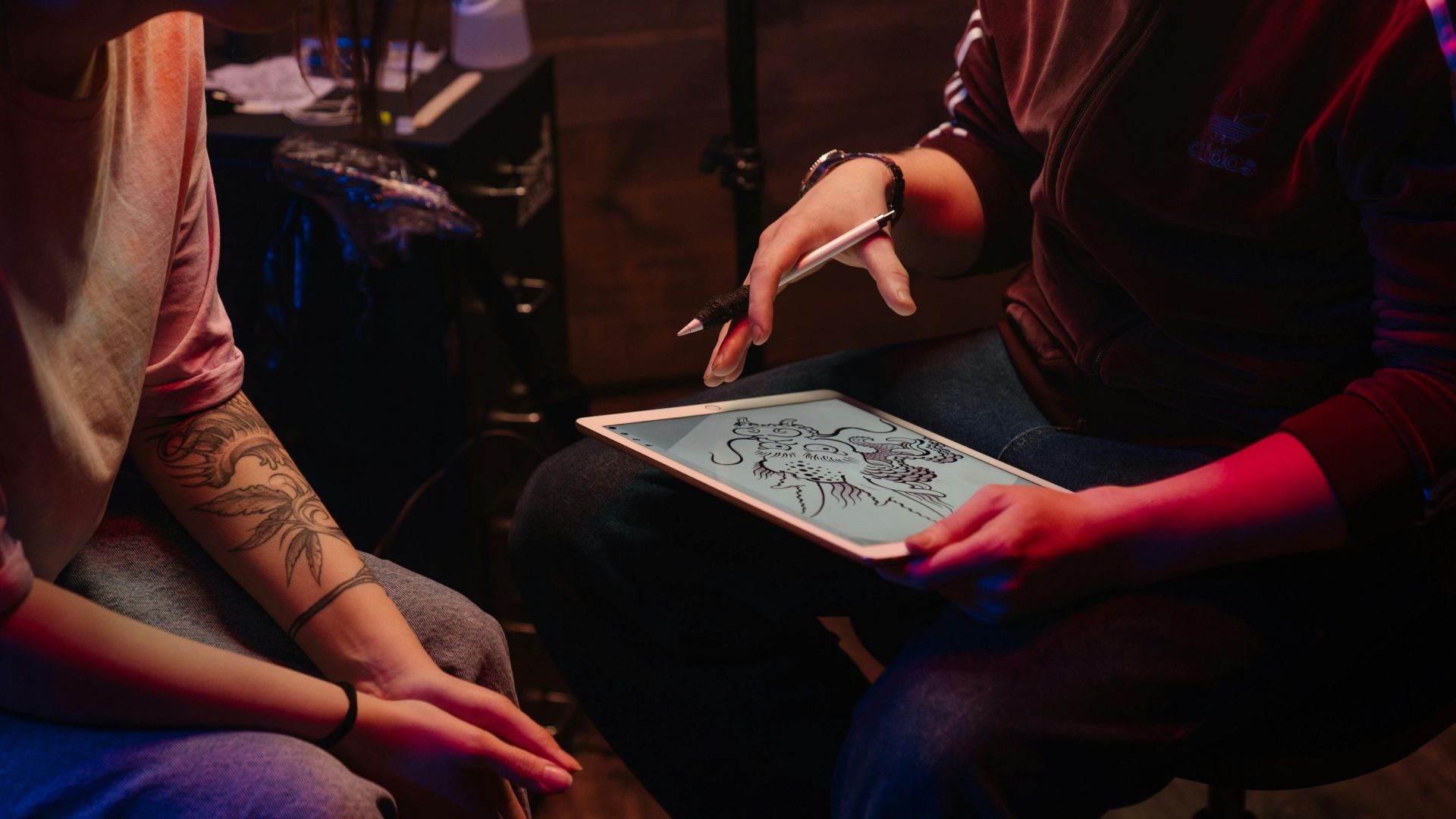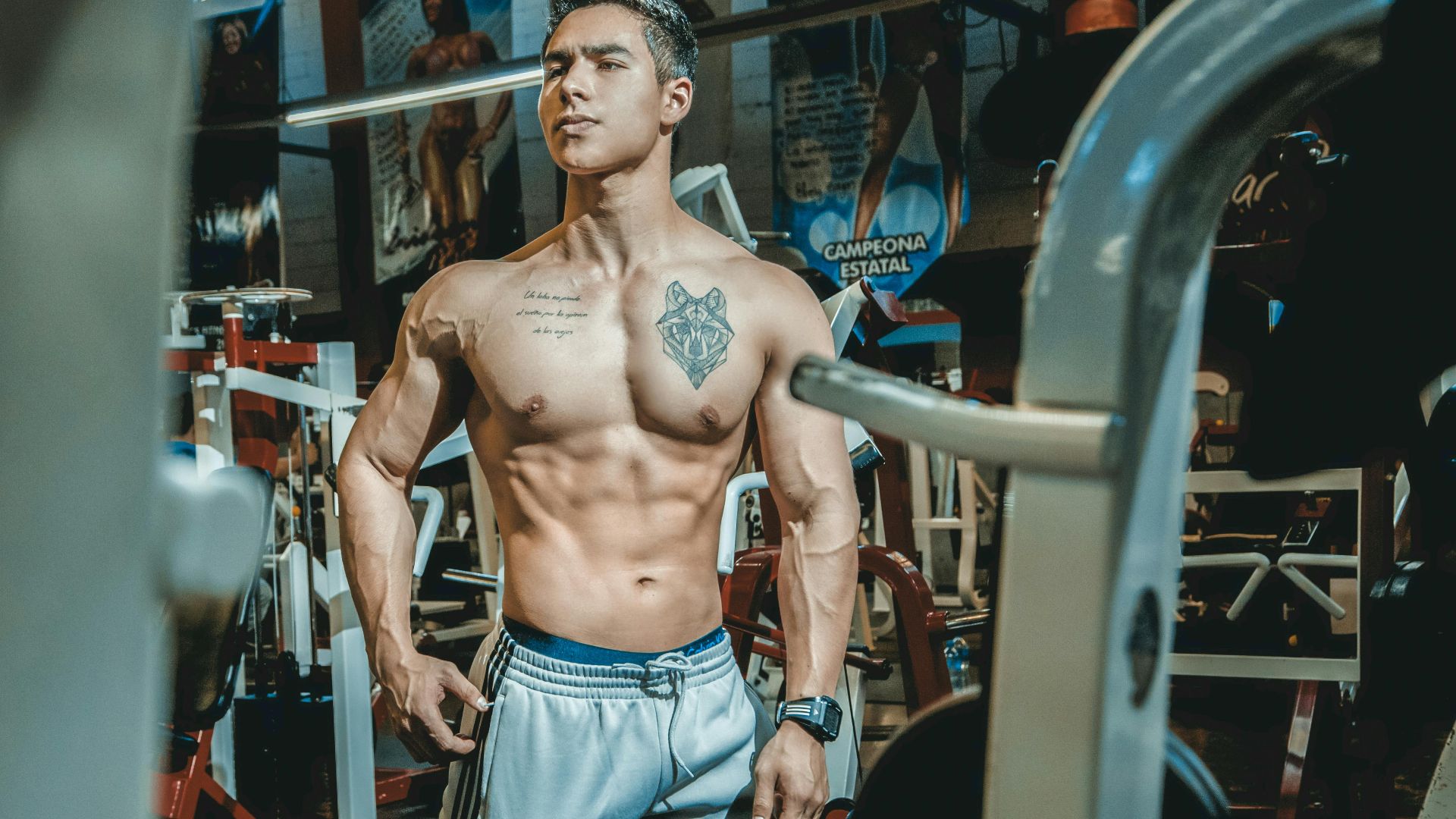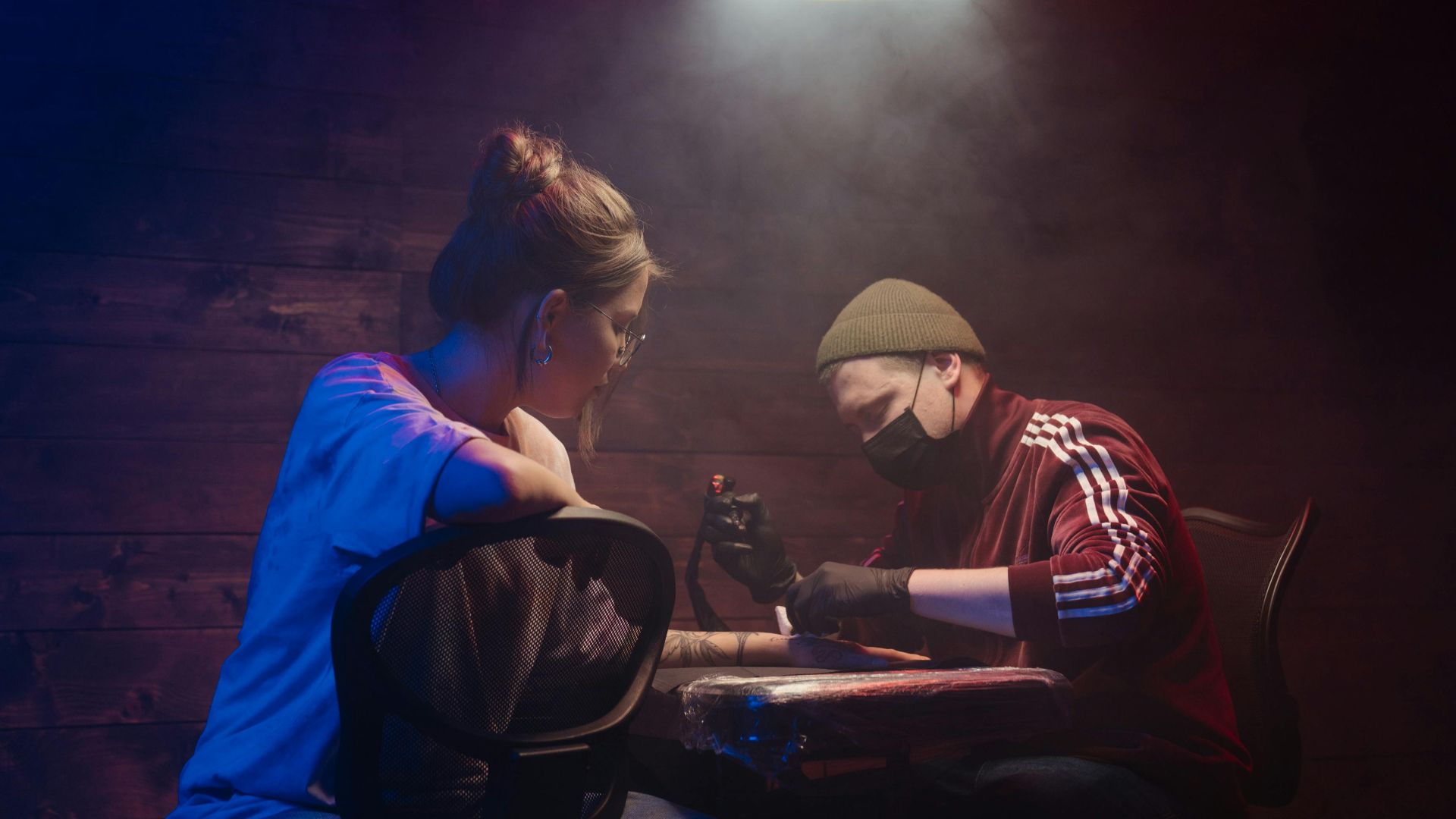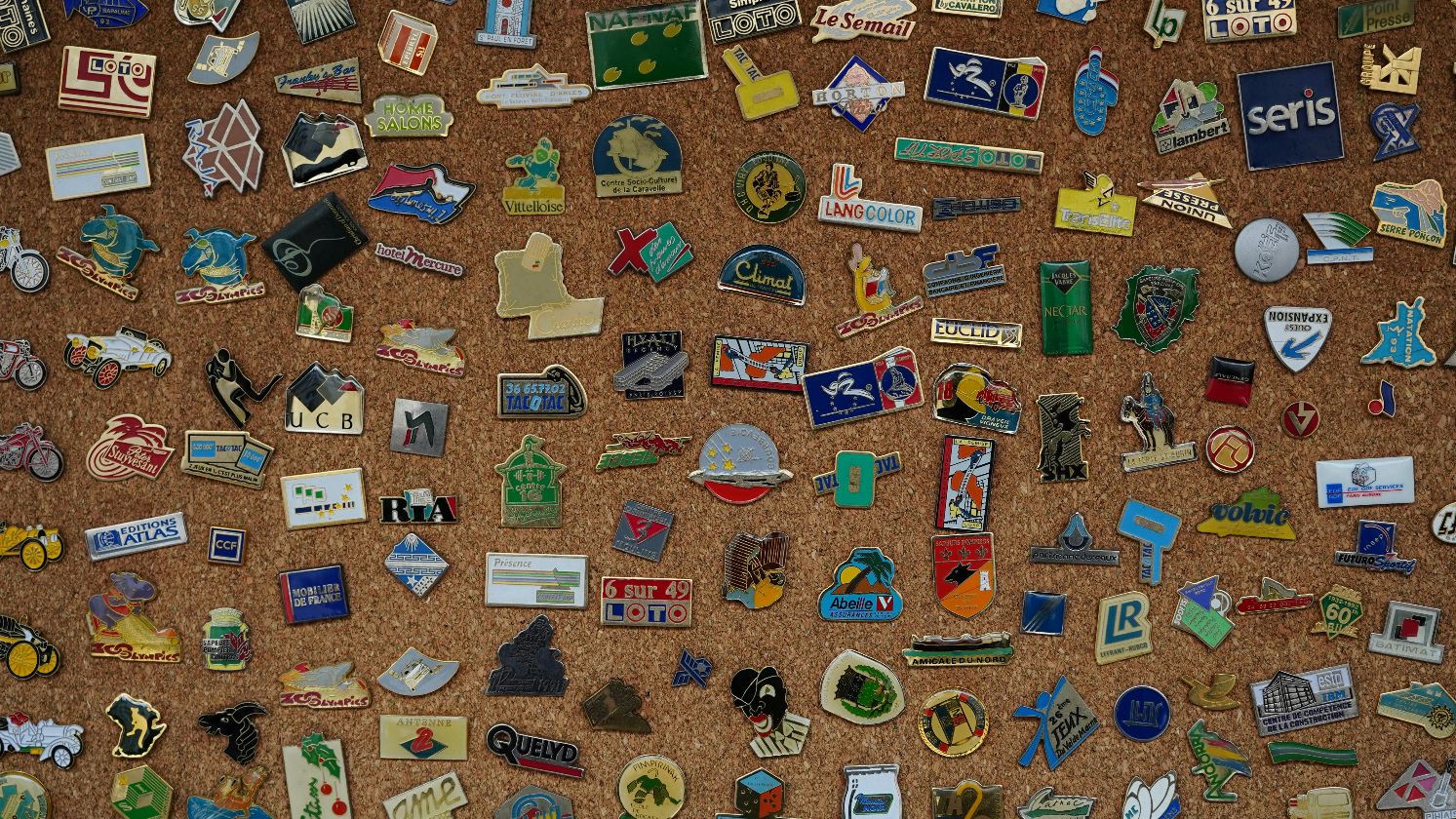Think Before You Ink
It usually starts with a spark of curiosity—maybe you saw someone’s tattoo and thought, “I could pull that off.” Then comes the hunt for ideas, scrolling through designs until one just feels right. Excitement builds as you imagine the result. But when appointment day arrives, the nerves mix with anticipation, and that first buzz of the machine turns the idea into something real. So, if you’re planning to make your mark, here are twenty things to think about first.
1. Know Your Pain Tolerance
The tattooing process involves repeated needle penetration, creating sensations that vary significantly among individuals. While many find the experience manageable, pain intensity escalates notably in areas with thinner skin and concentrated nerve endings, such as ribs and ankles.
2. Choose The Right Placement
Placement affects how your tattoo feels and lasts. Areas with thicker skin, like shoulders or calves, handle ink better than spots over bone or joints that fade faster. Consider how your body moves, stretches, and heals before choosing the perfect canvas for lasting, vibrant art.
3. Remember It’s Permanent
While many dreamers see tattoos as beautiful symbols meant to eternally mark life's precious moments, the stark reality of their permanence hits differently when a change of heart occurs. And those costly laser removal sessions leave behind stubborn ink and scarring, which serve as a permanent reminder that "forever" truly means forever with tattoos.
4. Set A Realistic Budget
Good tattoos aren’t cheap, and cheap tattoos need fixing. So, set aside enough for both the design and the artist’s skill. Expect to pay more for size, detail, and color work. Don’t forget to budget for tips and an aftercare kit to keep your ink looking fresh.
5. Review The Artist’s Portfolio Carefully
A portfolio reveals an artist’s true style and skill. Look for clean lines, consistent shading, and healed tattoo photos—not just fresh ones. Make sure their strengths match your desired design. Avoid rushing this step; research and compare artists until you find one whose work genuinely resonates with your vision.
6. Check The Studio’s Hygiene Standards
Professional tattoo studios operate within a comprehensive safety framework, beginning with mandatory health regulations and licensing requirements. Clients can verify these safeguards by observing studio practices and reviewing licensing documentation before committing to services.
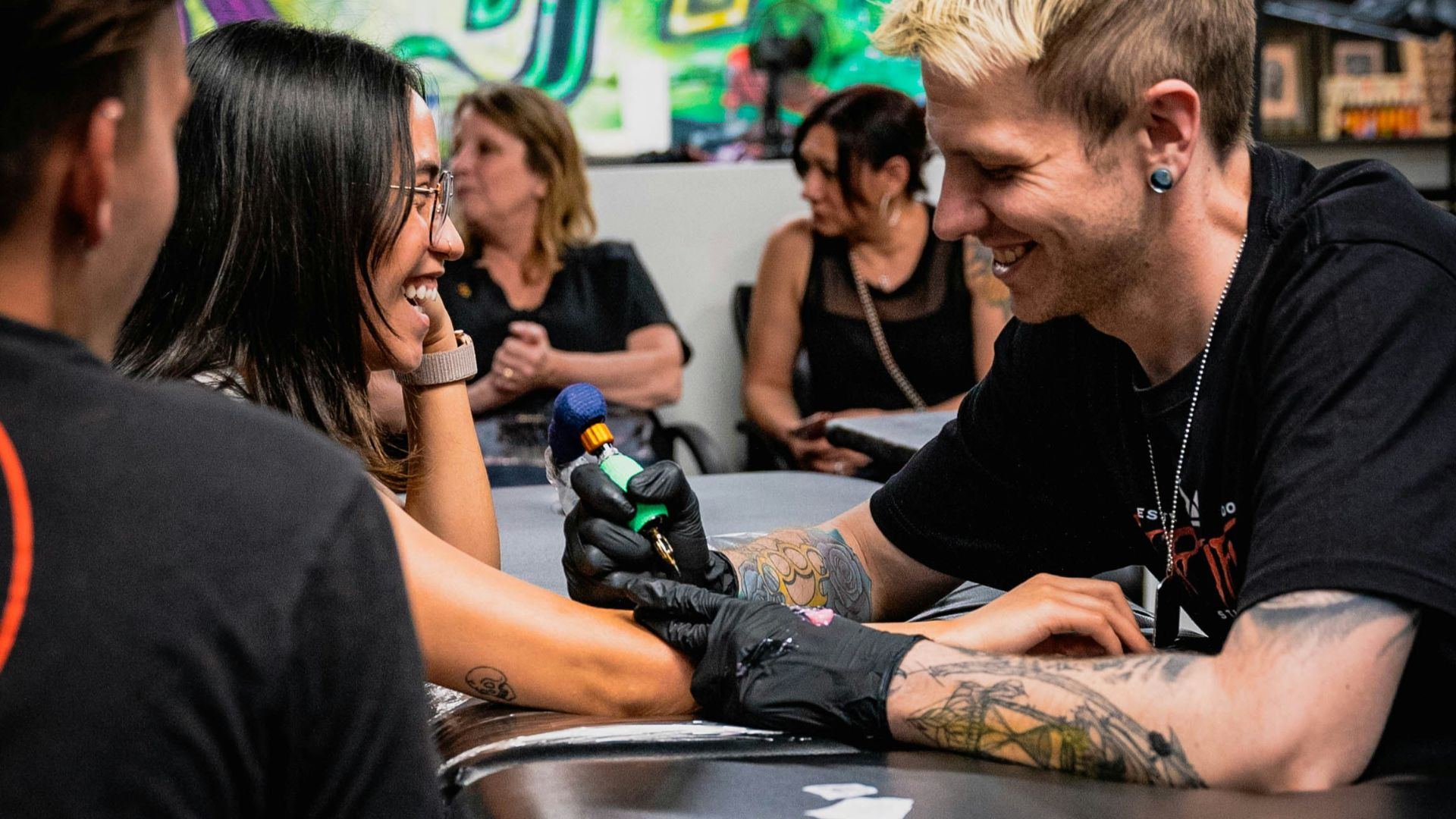 Certified Tattoo Academy on Unsplash
Certified Tattoo Academy on Unsplash
7. Consider Your Health Conditions
Your health matters as much as your design choice. If you have conditions like diabetes or bleeding disorders, talk to a doctor first. In short, staying honest about your health ensures a safer tattoo experience and better long-term results.
8. Understand Your Workplace Policies
Every workplace has its own culture, and tattoos can sometimes clash with it. Before getting inked, check your company’s policy on visible tattoos or professional appearance. Some industries still expect a clean look, so understanding the rules early helps you avoid potential dress code conflicts later.
9. Give Meaning To Your Design
A tattoo becomes far more meaningful when it represents a part of your story. Instead of picking something trendy or random, think about symbols, quotes, or imagery that truly resonate with your life experiences.
10. Think About Size And Detail
The size and detail of a tattoo affect how it looks, heals, and ages. Large designs allow for more shading and intricacy, while smaller ones suit simpler art. Fine details may blur over time, especially in areas with thin skin, so discuss scaling options carefully.
11. Follow Legal Age Requirements
Before getting inked, start by confirming the legal age requirements in your area, as most places set the bar at 18. Next, gather proper identification since studios need to verify your age. If you're underage, check if parental consent is an option locally.
12. Pick The Right Season For Healing
Choosing the right season for your tattoo can make a big difference in how well it heals and looks afterward. Summer brings heat, sweat, and sunlight—all of which can irritate fresh ink and slow recovery. On the other hand, cooler months create ideal conditions since your skin stays better protected.
13. Factor In Your Skin Type
Start your skin prep journey well before ink day: maintain consistent hydration and address any existing skin conditions like eczema or psoriasis during consultation. A week out, focus on keeping skin healthy and moisturized. Then, on appointment day, skip the heavy lotions.
14. Plan For The Time Commitment
Getting a tattoo takes more time than most expect. Large or detailed designs may need multiple sessions spaced weeks apart, and even small ones require proper healing afterward. Make sure your schedule allows for the aftercare and possible touch-ups.
15. Book A Consultation First
Professional tattoo studios prioritize consultations as a foundational step in their artistic process. During these essential planning sessions, experienced artists demonstrate their expertise through custom design sketching and clear communication of expectations.
16. Assess Your Emotional Readiness
Deep breathing is the bridge between physical and psychological readiness for permanent body art. Smart preparation means giving your mind space to process the commitment and building rock-solid confidence before booking. When mind and breath align, regret-free decisions naturally follow.
17. Gather Clear Reference Images
Reference images serve as a shared creative language, allowing artists to precisely interpret design visions, blend desired elements, and make accurate adjustments. Hence, by bringing clear visuals, clients enable their artists to transform concepts into custom, stencil-ready designs.
18. Match It to Your Lifestyle
Fresh tattoos face three major threats that can derail proper healing: bacterial infections from swimming, tissue disruption from strenuous workouts, and UV damage from sun exposure. Smart prevention means avoiding these activities for two to four weeks post-tattoo, along with steering clear of tight clothing.
19. Understand The Cultural Significance
The selection of a tattoo design carries personal and societal responsibilities, particularly when incorporating culturally significant or religious symbols. Through research and collaboration with knowledgeable artists, traditional motifs can be thoughtfully adapted into contemporary designs that honor their cultural origins.
20. Prepare To Sit Still For The Session
Tattoo sessions can last hours, demanding patience and focus. Staying still helps the artist work precisely and prevents uneven lines. Bring snacks, water, or music to stay comfortable, and wear loose clothing for access to the tattoo area. The calmer you remain, the smoother the experience feels.


